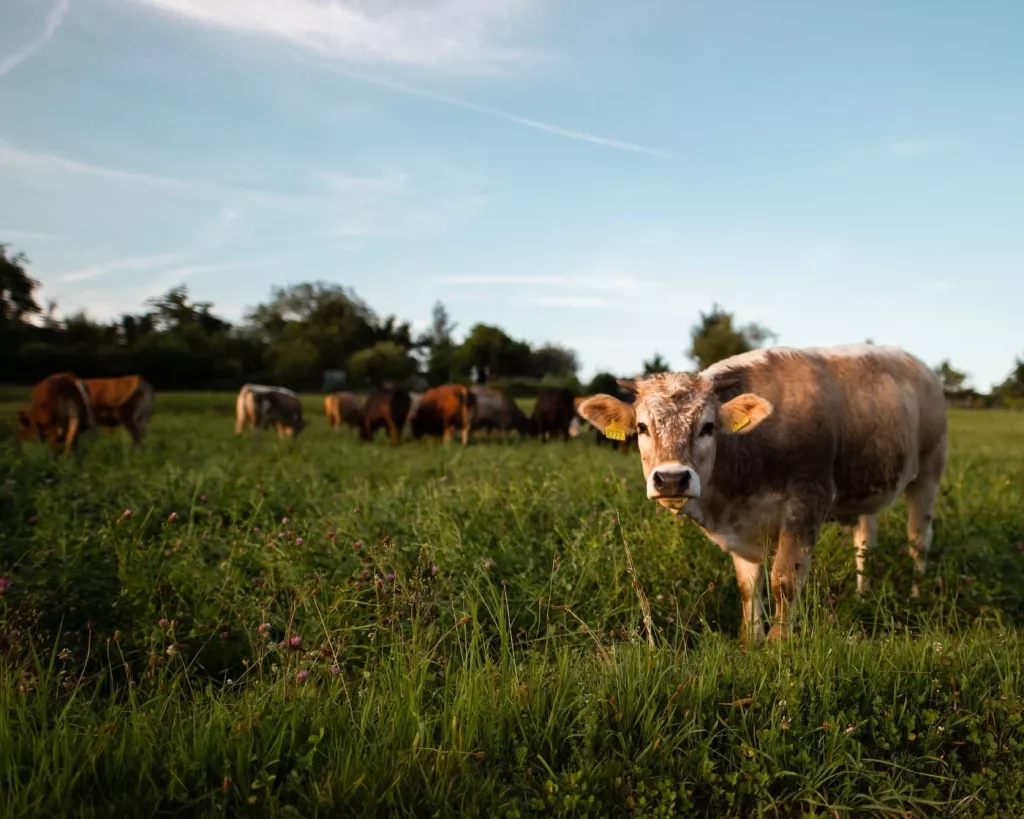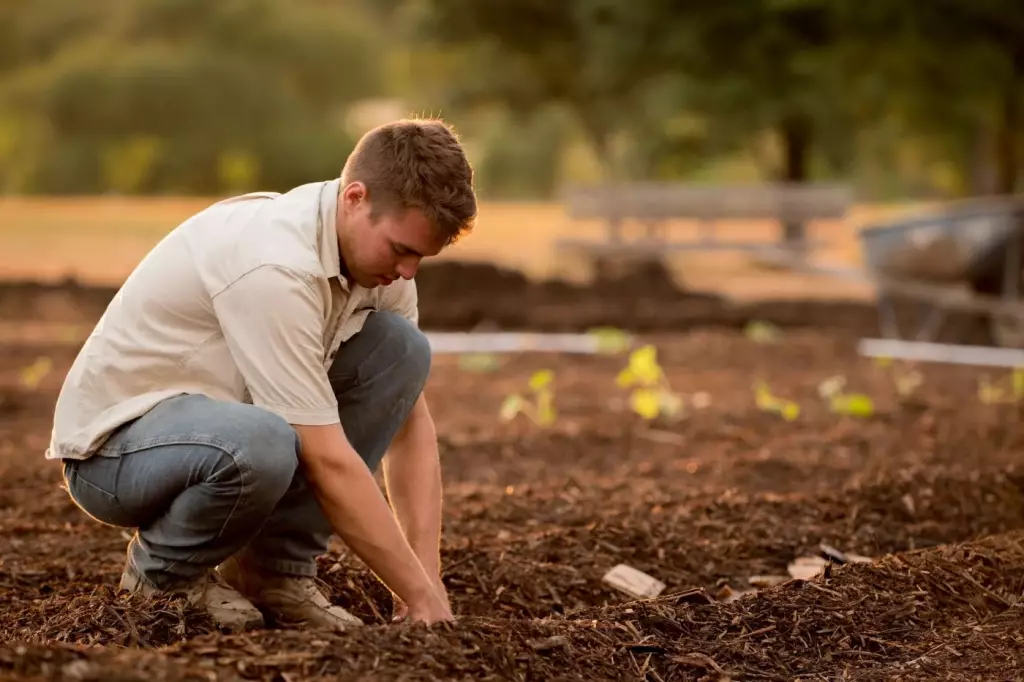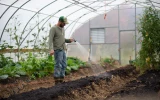How Many Acres Do You Need For a Smallholding? (Minimal)
Smallholdings are small areas of land used for farming purposes, either to plant crops or raise livestock. It is usually described as land areas more prominent than a garden but smaller than most farms. Most countries’ food supply relies greatly on smallholdings, but how many acres are needed to start one?
A smallholding is anything less than 50 acres. Most hobby farms can range from 1 to 10 acres, but you can also start urban farming on as little as a quarter acre. But to set up a self-sufficient family-sized holding, a minimum of 5 acres of land is needed.
The question, however, is how many acres of smallholdings can be considered self-sufficient. Can a 1-acre smallholding be self-sufficient? This article will give details about the minimal acreage required for a smallholding.
Summary
- A smallholding is any small piece of land used for farming, usually measuring less than 50 acres.
- Smallholdings in the form of hobby farms can range in size from 1 to 10 acres.
- The minimum number of acres needed for a smallholding to be self-sufficient is at least 5 acres of land.

On this page:
A Self-Sufficient Smallholding Has a Minimum of 5 Acres of Land
Small farms have varied definitions depending on one person to another, on location, and even by government organizations. A small farm, as defined by the US Department of Agriculture (USDA) is one with a gross cash farm income of under $250,000. In general, a smallholding is any small, operating farm on less than 50 acres of land.
There is no specific minimum acreage defined for a small farm, but a hobby farm or smallholding is generally characterized by less than 10 acres of the plot of land, enough to be managed by a person or a single family.
A ten-acre smallholding is considered significant enough, especially for someone whose income doesn’t solely rely on farming. One to three acres may be more than enough to be managed by 1 person considering that smallholdings don’t use large, mechanized equipment and solely rely on manual labor.
However, if the goal is to become self-sufficient, five acres for a family-sized holding is the minimum standard plot size. Self-sufficiency meant producing most or all of your food on your own land without relying on external inputs. However, consider that self-sufficient farming is ideal but mostly unachievable.

Five acres is already big enough for smallholders. In fact, numbers lower than these, based on a study, are said to produce more crops than large-sized farms because of how the land is used for multiple purposes rather than a large farm of single, arable crops.
The study indicated that there is an inverse relationship between farm size and yield per acre: as farm size gets larger, yield per acre gets smaller. From this, we can say that the size of the farm doesn’t matter, so long as you can effectively make use of it.
Now, if your plan is to have food to consume and at the same time sell surplus produce, then you’ll need plenty of space to ensure you can grow enough for yourself and still have enough to sell. The consensus, therefore, is to have at least 10 acres of land for this purpose. However, if you plan to have a smallholding with livestock, 30–50 acres is a more ideal size.
Can a 1 Acre Smallholding Work?
If the question is: Can a 1-acre smallholding work? The answer will be yes. But if asked if a 1-acre smallholding can be self-sufficient, the answer will be no, but you can try.
A 1-acre smallholding is usually called a homestead. As mentioned above, the smaller a plot is, the higher the assurance of productivity there is. A one-acre farm can work fine with basic understanding, planning, organization, and efficient operation.
Now if it says that a one-acre farm can work just fine, why can’t it be self-sufficient? The truth is that self-sufficiency on a one-acre plot of land requires a lot of work, education, dedication, and time—things that few smallholders can access.
A productive smallholding on just one acre requires a very intense farming method and management, and if you’re up for that, you can try making 1-acre land self-sufficient by doing the following:
Check zoning regulations
The best thing to do before doing all the intense work is to check what animals you are allowed to manage on your small piece of land. It’s important to know what the requirements, restrictions, and ordinances are, and if there are noise ordinances being implemented in your location.
Check on your neighbors
Again, before setting up anything, it’s best to consider the vicinity, especially the neighboring areas. You wouldn’t want to already have a built-in design and realize in the process that it’s causing annoyance to your neighbors. You should know how having these animals can impact your neighbors, so it can help you plan and design where your animals will be placed and where they will roam.
Set your goals and priorities
Now, if you have already checked the regulations and checked in your vicinity, knowing exactly what you want from your smallholding farm is necessary. Is it your goal to build a hobby farm or a self-sufficient farm? Figure out what you want from your small land and decide from there. Failure to set priorities can result in overgrazed, overworked, and lifeless land.
Some 1-acre homestead animals you may consider are:
- Chicken and ducks require 3-5 feet of coop space per chicken and a minimum of 10 feet of enclosed space for roaming.
- Goats: one goat needs at least 250 sq. ft. of space, but you will need at least two goats to accompany them. Additional space is required for their food storage.
- Pigs: since they are not as active, 100 sq. ft is enough for one pig
When it comes to crops, you may consider planting the following:
- Vegetable gardens can be grown in the ground, in small containers, or in soil beds. A vertical garden can also be considered.
- Fruit trees: the space requirement for trees can go anywhere from 8 to 35 feet. For dwarf trees, it will need 8 to 10 feet of space per tree; for mid-sized trees, it requires 18 to 20 feet of space; and for bigger trees like apples, around 35 feet of space is needed.

Attract pollinators
If you plan to have a bee farm, you may want to consider the right type of beehive for your limited space. One good way to grow your 1-acre smallholding is to attract pollinators.
Setting up a beehive or two on your land may be a good idea, but this will also entail planting specific plants that attract pollinators. Attracting pollinators can help increase your crop yield and contribute to the overall success of your one-acre farmland.
Be realistic
Ideally speaking, self-sufficient farms can be done on one-acre land, but it is not always achievable. This is because self-sufficiency means not fully relying on external inputs, so if you have goats, it will mean that you will also grow the hay that they feed on.
If you have chickens, you must also produce the grains they eat. These are not likely to be accomplished on just one acre of land, which is why self-sufficiency is hard to fully achieve.


